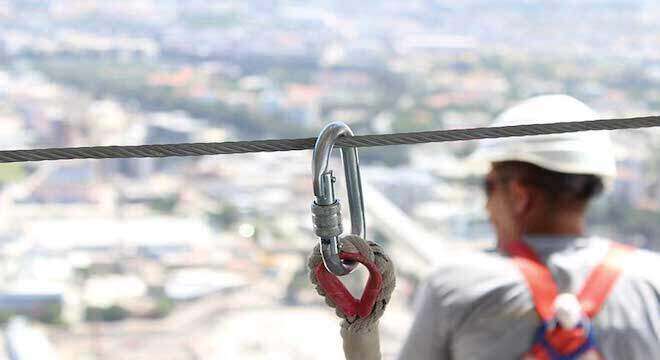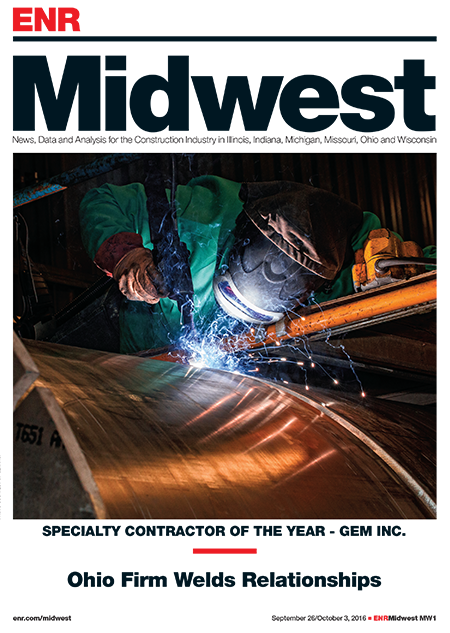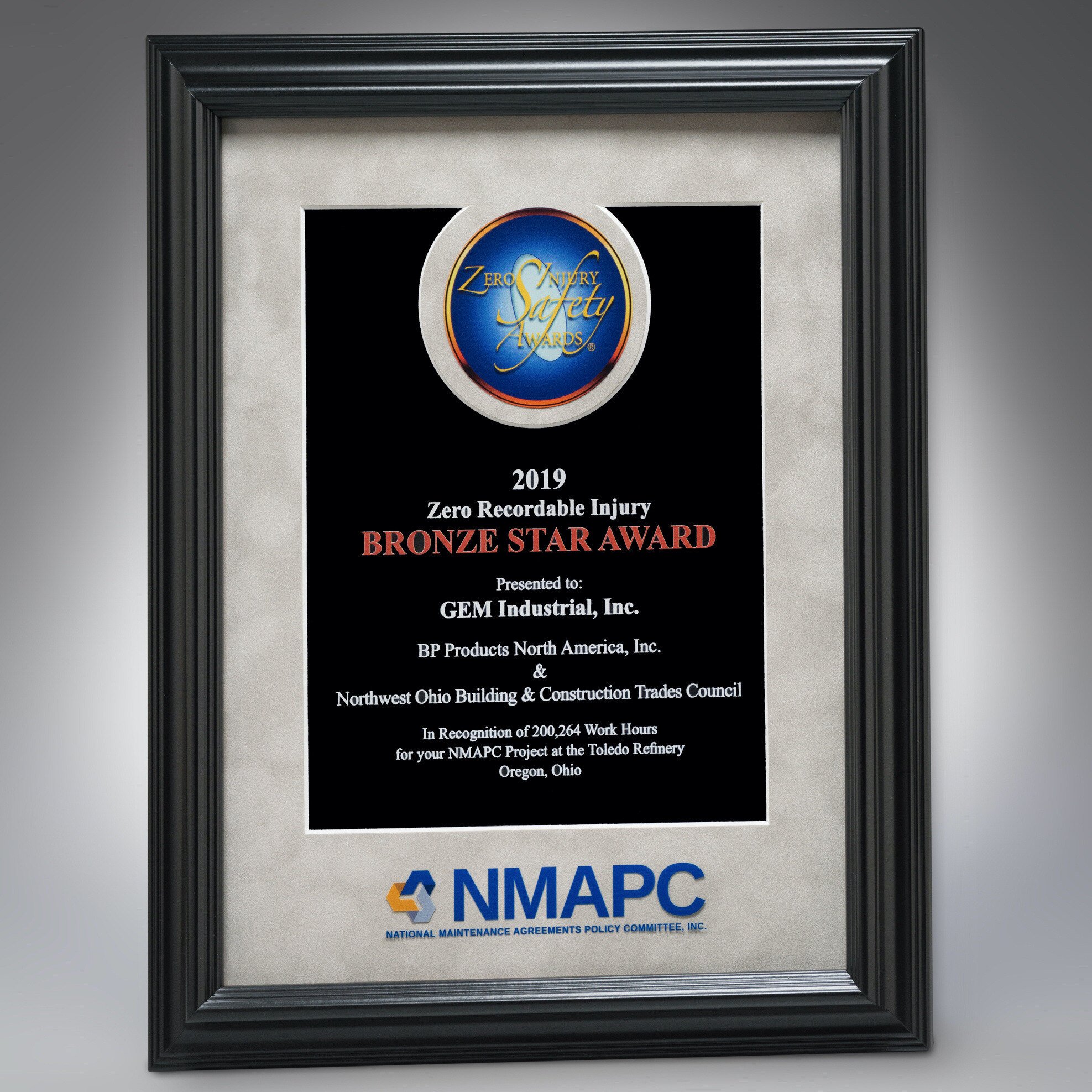
The AGC report recommends that prime contractors take the lead in instilling a safety culture among their subcontractors. Potential actions include conveying risks and requirements in company communication and training to ensure that all safety policies and procedures are fully understood and followed.
Mark Hoffman, H&S Director for Rudolph Libbe Inc., part of Rudolph Libbe Group, Walbridge, Ohio, says he’ll often strike up a conversation with a subcontractor’s operations person or general superintendent, asking if they can explain their safety program or talk about things they’re doing differently from last year.
“If they can, that’s a good sign,” Hoffman says. “It means the contractor is committed and engaged in the process.”
A response along the lines of “talk to my safety director,” on the other hand, “shows they don’t have the right culture to fit in with us,” he adds.
Noon is the peak time for fatalities, countering previous research that placed the majority of fatal accidents in the morning.
“When you think about it, that makes sense,” observes Hoffman. “That’s when employees are coming back to work and probably still distracted by what they were doing or talking about on break.”
That’s one of the reasons Hoffman’s firm conducts a second daily pretask planning session, complementing the one held at the start of the workday.
“We engage the employees and get them focused back on work,” he says. “It takes only a few minutes, but we feel they’re better prepared to get back on the job safely.”
"We’re not competitors when it comes to safety. We should all be out there helping each other."
— Mark Hoffman, Director, Health & Safety, Rudolph Libbe Inc.
Related posts

Midwest Specialty Contractor of the Year is One GEM of a Company
GEM Inc., a member of the Rudolph Libbe Group and specializing in such multiple trades as electrical, mechanical and...

Rod Bowe named Vice President, Real Estate for Rudolph Libbe Properties
Rod Bowe, of Perrysburg, has been promoted to Vice President, Real Estate for Rudolph Libbe Properties, of the Rudolph...
